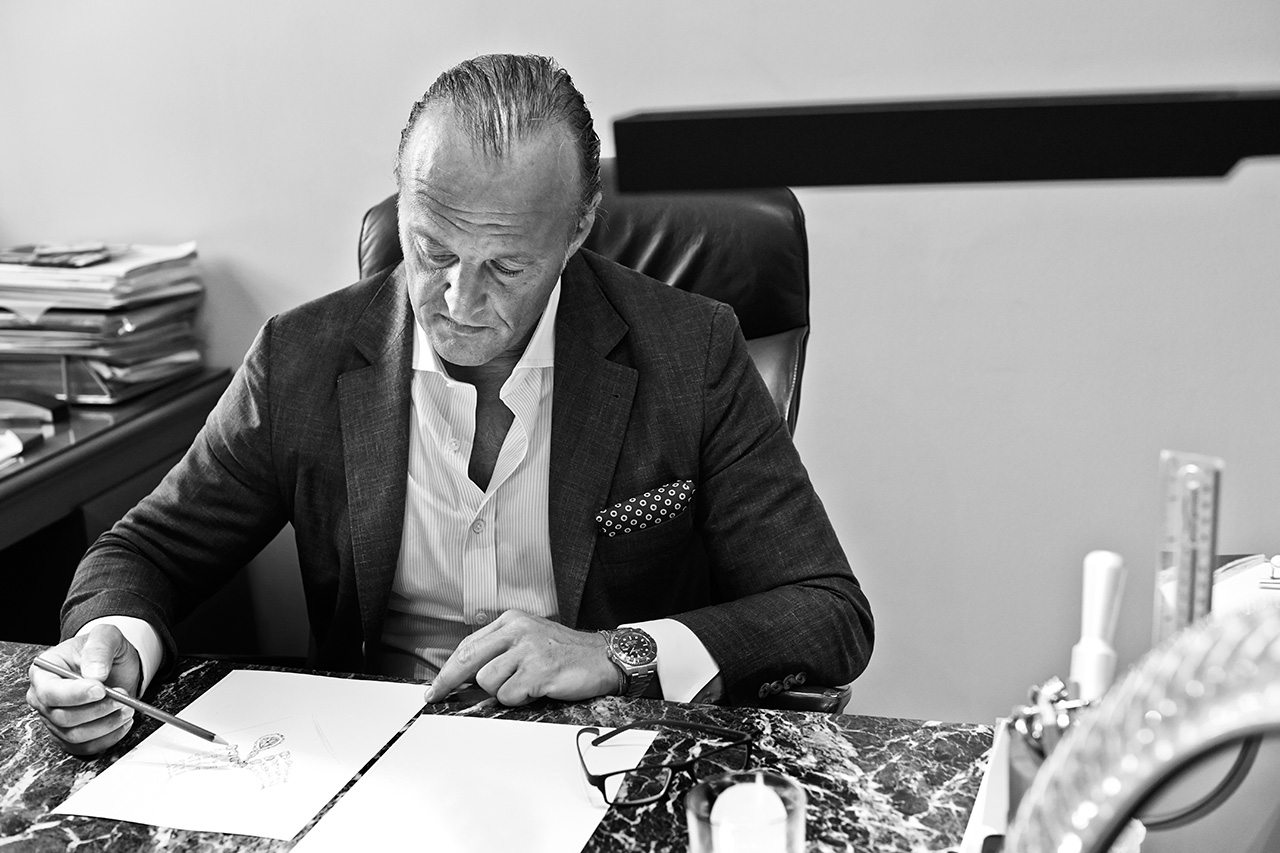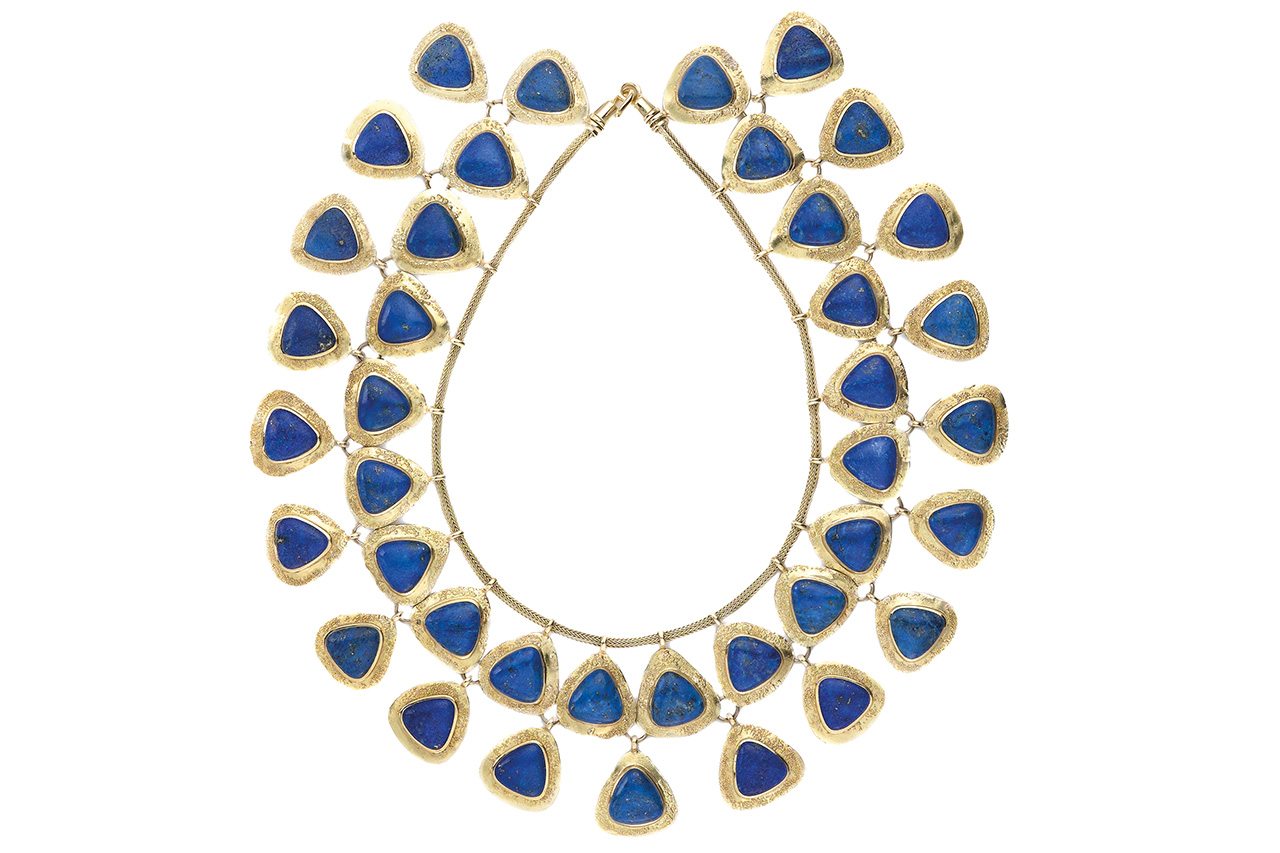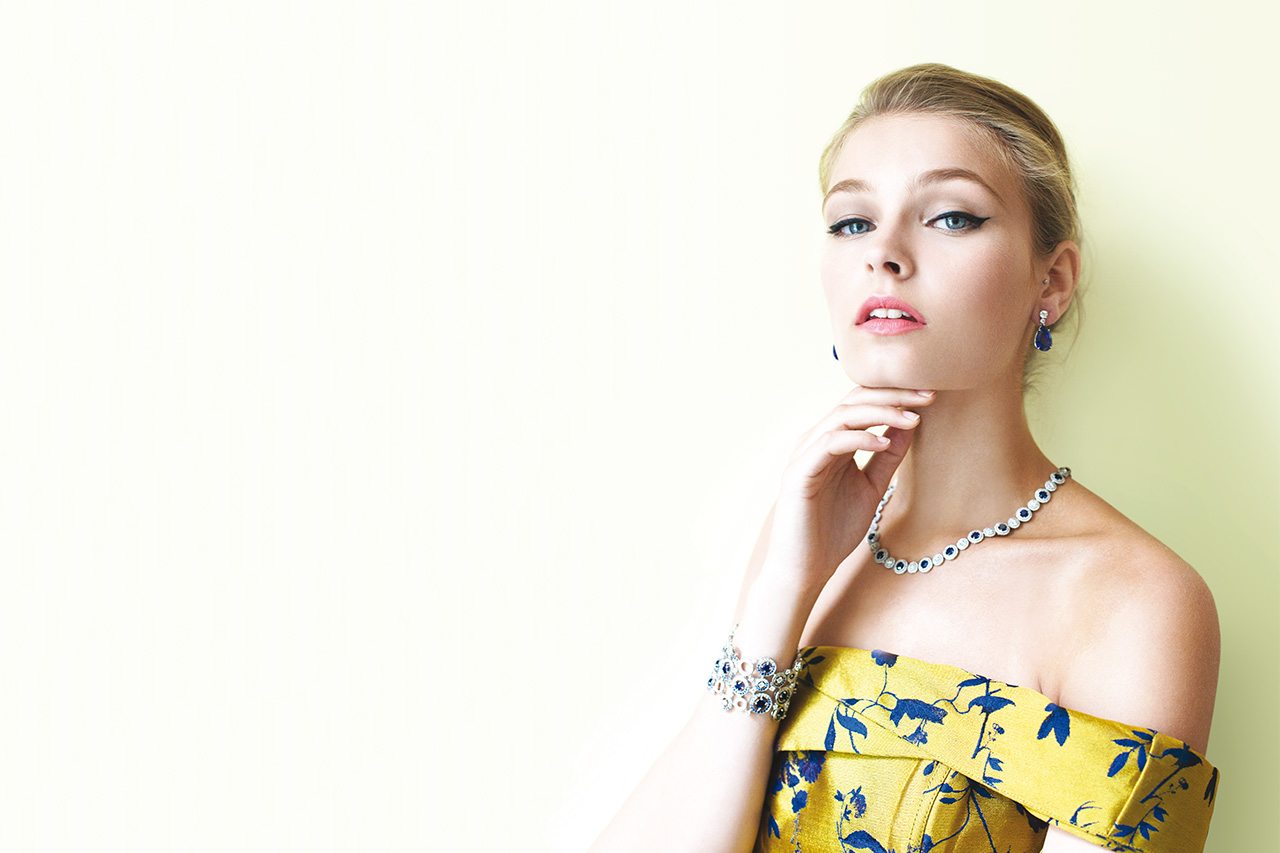The Guide: How to Invest in Jewellery
When it comes to investing in jewellery, you need to know your karats from your carats – but it can be a safe way to preserve your fortune, says Annabel Davidson
This post may contain affiliate links. Learn more
An informed guide on how to make sparkling returns when investing in jewellery…
The romance of jewellery
In 1987, Sotheby’s Geneva sold the Wallis Simpson collection of 214 pieces of jewellery for a record-breaking sum. The Duchess of Windsor had died the year before, and the trove of jewels offered for sale included many with personal inscriptions from her husband, the Duke of Windsor, both before and after he abdicated the throne to marry his American sweetheart. One Van Cleef & Arpels ruby and diamond bracelet, for example, was inscribed Hold Tight, 27 March, 1936 – the year the then King Edward VIII gave up his throne for love. As David Bennett, one of the three specialists involved in the sale put it: ‘Had the British public been aware of that inscription being made, it would have been beyond scandalous. It would have been totally shocking!’
Now that is provenance. An exquisite piece of jewellery in its own right, the property of a Duchess, inscribed by a king, and all around it a romance that thrilled and scandalised a nation for decades to come. Little wonder the auction broke all previous records.
What’s in a name?
The chance to buy jewels owned by celebrities, royalty, or simply billionaires comes up fairly often at auction, and there is no shortage of collectors putting in bids. In 2014, the American heiress Bunny Mellon’s jewellery and ‘objects of vertu’ collection sold (again by Sotheby’s) for over US$45m. A relatively humble shell brooch in rose quartz by the great 20th-century jeweller Suzanne Belperron went for nearly three times its high estimate, while a rare, fancy, vivid blue diamond pendant went for over US$32m. Not all of us, however, are in a position to purchase such items at auction. For the novice collector, there’s too much risk of getting caught up in the heat of the moment and paying far more than a piece is actually worth. If you’re buying because you love it and aspire to have a collection, then that’s a different story.
Buy what you love
Sam Loxton of Lucas Rarities is as passionate about the aforementioned Suzanne Belperron as he is vintage Flato, Cartier, and others of that era. He has chased down Belperron pieces all over the globe for clients, but he’s the first to advise against buying her work as a sound financial investment. ‘You don’t buy Belperron to make money out of it,’ he says. ‘You buy it because you love it.’
So, if we’re talking investment as in a way to make money, a different strategy needs to be taken. ‘People always say the word “invest” alongside gems and jewels,’ says jeweller Glenn Spiro, whose exquisite one-off designs are sold from his beautiful private atelier in Mayfair (which just happens to be the old digs of the late couturier to the Queen, Norman Hartnell) and at Harrods. ‘For sure, when you deal or play with the best of the best, then yes, history has proven it can be a decent investment. However, as we know, not all can play at this end, so the word invest becomes diluted. I prefer, then, to call this a “retention of capital”, a safe way to place capital that does not cause you stress, is very portable and, when sadly needs must, it can be called upon to realise capital that otherwise is not available. If that is what is known as “investment” then who am I to argue?’

Above: Glenn Spiro believes jewellery is a ‘safe’ place to keep your capital
Charlie Pragnell of George Pragnell, the Stratford-upon-Avon jewellers, is a third generation jeweller whose family firm is about as straight-up as they come in terms of integrity. They sell everything from high-end watches by Patek Philippe and Jaeger-LeCoultre, to classic diamond studs, traditional gold jewellery, contemporary pieces and their ‘masterpieces’ – one-off rings with important stones, like a fancy pink diamond, for example, or an important emerald.
‘Good jewellery shouldn’t lose its value’
‘Our clients will sometimes bring back a piece they bought a decade or more earlier from us, and know that we will buy it back for more than what they paid for it,’ Charlie says. ‘Good jewellery shouldn’t lose its value, which is why I find it concerning that people are buying mass-produced trinkets from fashion brands for huge sums, that will lose value the second they open the box.’
In fact, Charlie believes there’s a certain price at which a jewellery purchase becomes an investment. ‘At about £250,000 you’re entering a bracket in which there is very much an investment element if you’re buying jewellery featuring single gemstones, because you’re buying a rare item – an appreciating, tangible asset that is transportable and certainly classable as an investment.’

Above: Nefertiti necklace by Elizabeth Gage
And while £250,000 is a big ask for most people, there are other options. Take a classic designer like Elizabeth Gage, who has been in the business for over 50 years. She has a unique style of her own (despite being often copied) and a learned eye can spot her wide Templar rings a mile off. Exquisitely handmade, her pieces are all quite unique and, if kept in top condition, don’t lose their value. There is always a handful for sale on high-end auction site 1stdibs.com, although they tend to get snapped up pretty fast. If you wanted to put your money into jewellery that won’t lose its value as soon as you purchase it, then an Elizabeth Gage piece would be a safe bet. And that’s not something that can be said for many expensive handbags or pricey pairs of shoes.
While investing often means increasing your money, it can also mean putting it somewhere safe or enjoying it – and putting it on your finger or around your neck in the form of beautifully designed, expertly made jewellery is a pretty good way of killing both birds with one stone.
READ MORE: The 2017 Investment Guide / How to buy jewellery as a gift / How to buy art

